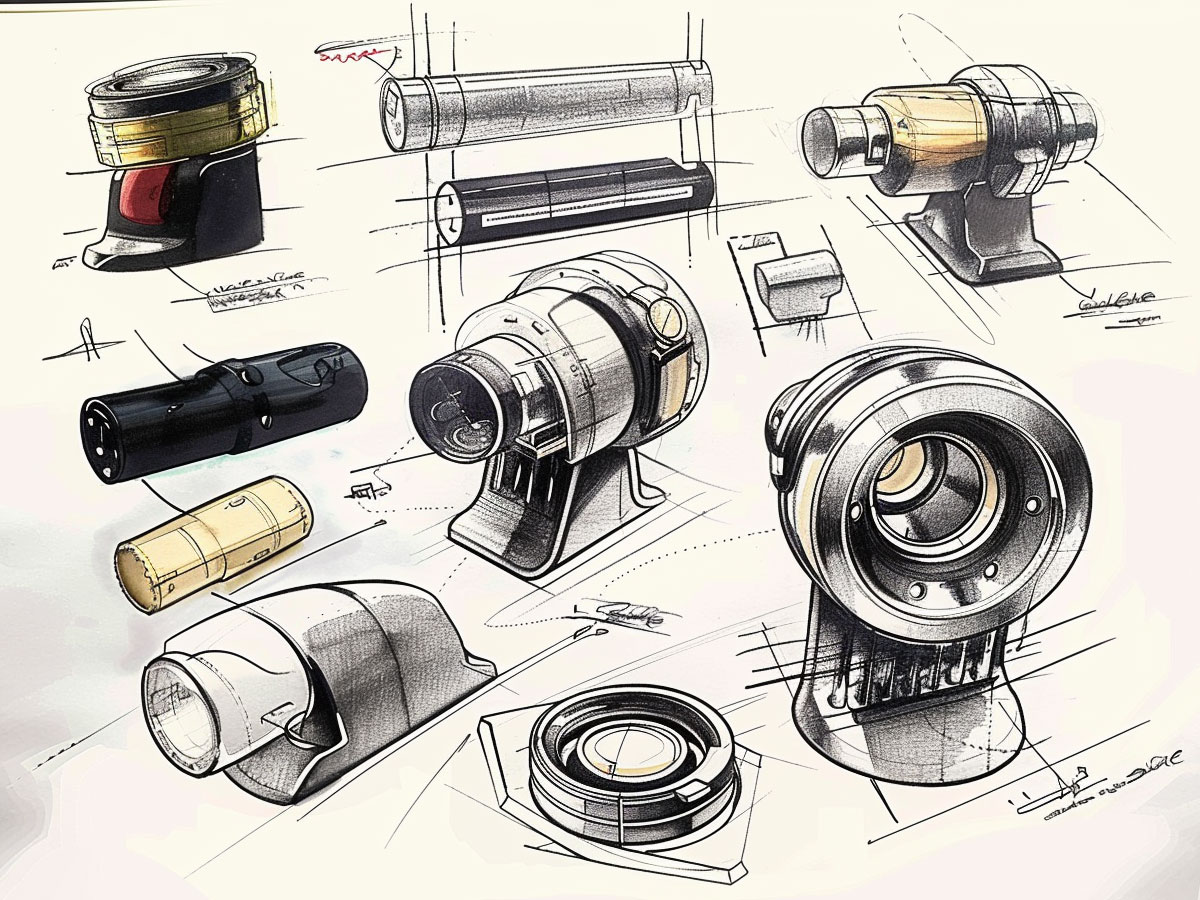

In today's competitive market, creating intelligent products goes beyond just functionality. A successful product not only meets users' needs but also offers an intuitive and aesthetically pleasing design. This article explores effective strategies for designing intelligent products that seamlessly blend functionality with user experience.

One of the crucial steps in designing intelligent products is understanding the target audience's needs. Conducting thorough market research and gathering user feedback can provide valuable insights into what features are essential and how the product can enhance users' lives. By empathizing with the end-users, designers can create products that truly resonate with them.
Artificial Intelligence (AI) plays a pivotal role in modern product design. By integrating AI technologies such as machine learning and natural language processing, products can adapt to users' behavior, anticipate their needs, and provide personalized experiences. Whether it's a smart home device or a mobile application, leveraging AI can significantly enhance the product's capabilities and usability.
A seamless user experience (UX) is paramount for the success of any intelligent product. Designers should focus on creating intuitive interfaces, minimizing friction points, and guiding users through the product journey effortlessly. Paying attention to details such as typography, color schemes, and navigation can significantly impact how users perceive and interact with the product.
Accessibility and inclusivity should be core principles guiding the design process. Products should be accessible to users of all abilities, including those with disabilities. This involves implementing features such as screen readers, alternative text for images, and customizable user interfaces. By designing with inclusivity in mind, products can cater to a broader audience and create a more positive impact.
Iterative prototyping and testing are essential for refining the design and ensuring its effectiveness. Designers should create prototypes early in the development process and gather feedback from real users through usability testing. This iterative approach allows for identifying potential issues and making necessary adjustments before the product reaches the market, ultimately leading to a more polished and user-centric design.
In conclusion, designing intelligent products requires a comprehensive understanding of user needs, integration of AI technologies, seamless UX design, emphasis on accessibility, and iterative prototyping. By following these effective strategies, designers can create products that not only meet users' expectations but also exceed them, ultimately leading to greater success in the market.
--------------------------------------------------------------------------------以上内容是由深圳捷百瑞科技有限公司资深的工业ID设计师分享的行业经验。深圳捷百瑞科技有限公司是一家专注于整合设计的工业设计机构,自成立以来,我们一直致力于为客户提供产品设计解决方案,涵盖产品策略与研究、工业创新设计、结构设计、工艺设计、品牌设计、用户体验设计、生产供应整合等业务,旨在为不同行业的客户提供多样化的设计解决方案。(文章来自https://www.jbairui.net ) 欢迎咨询!